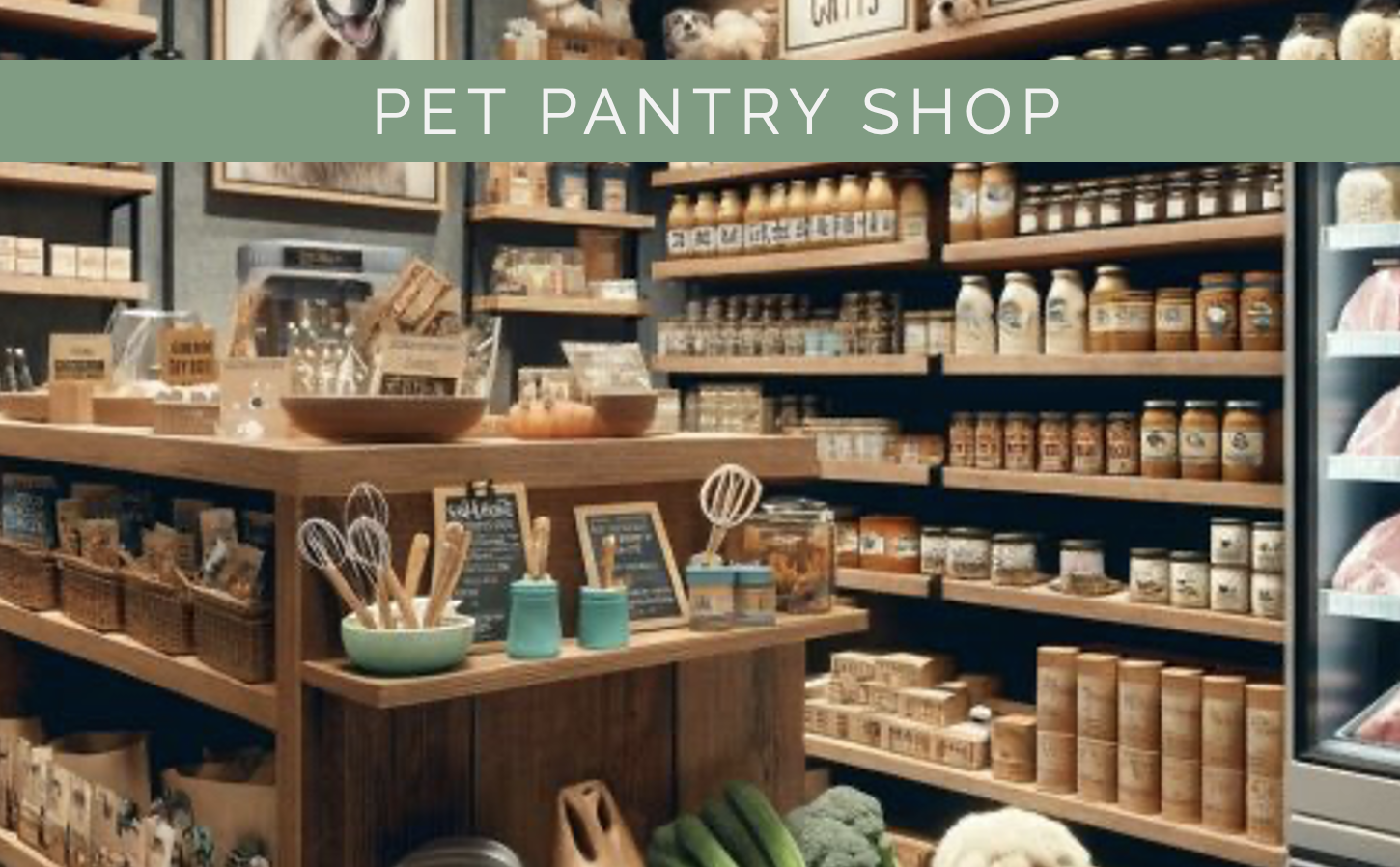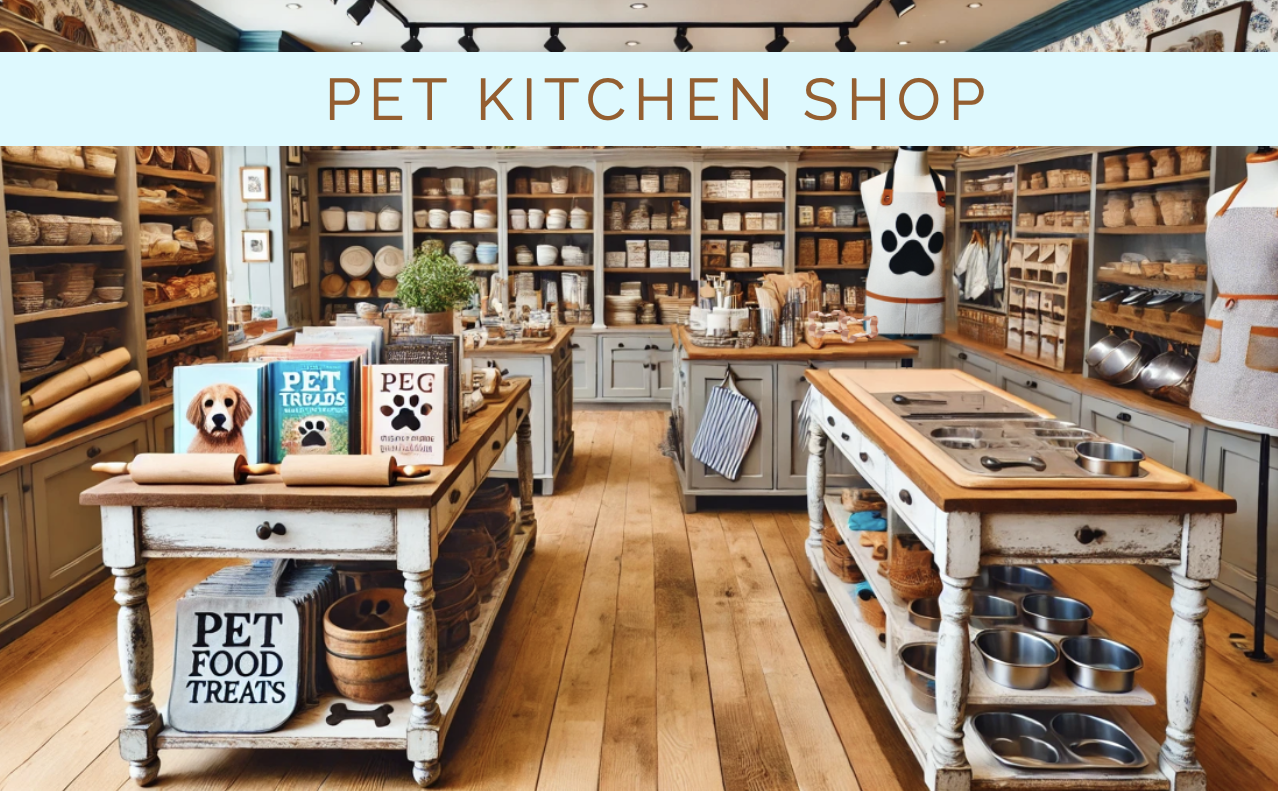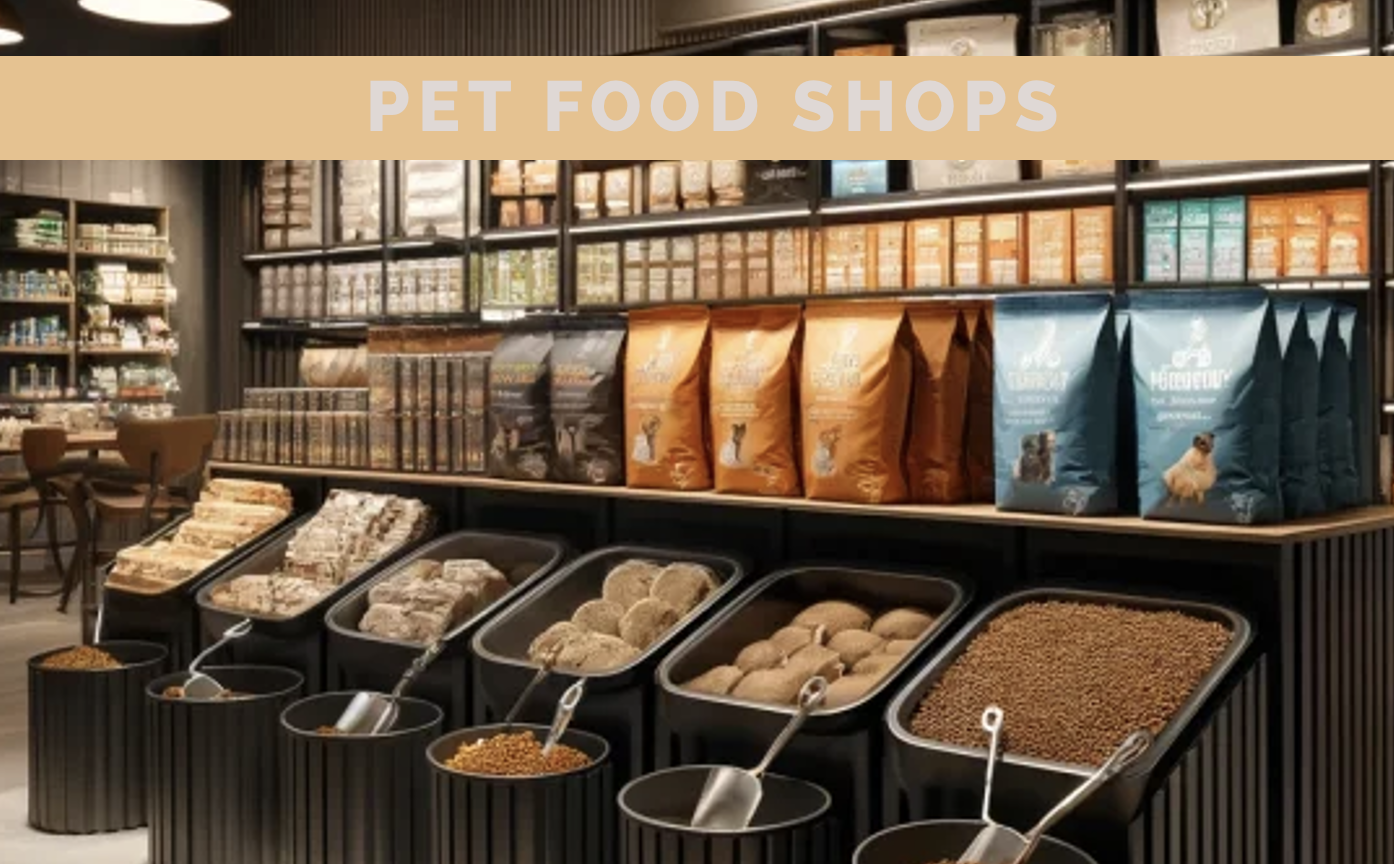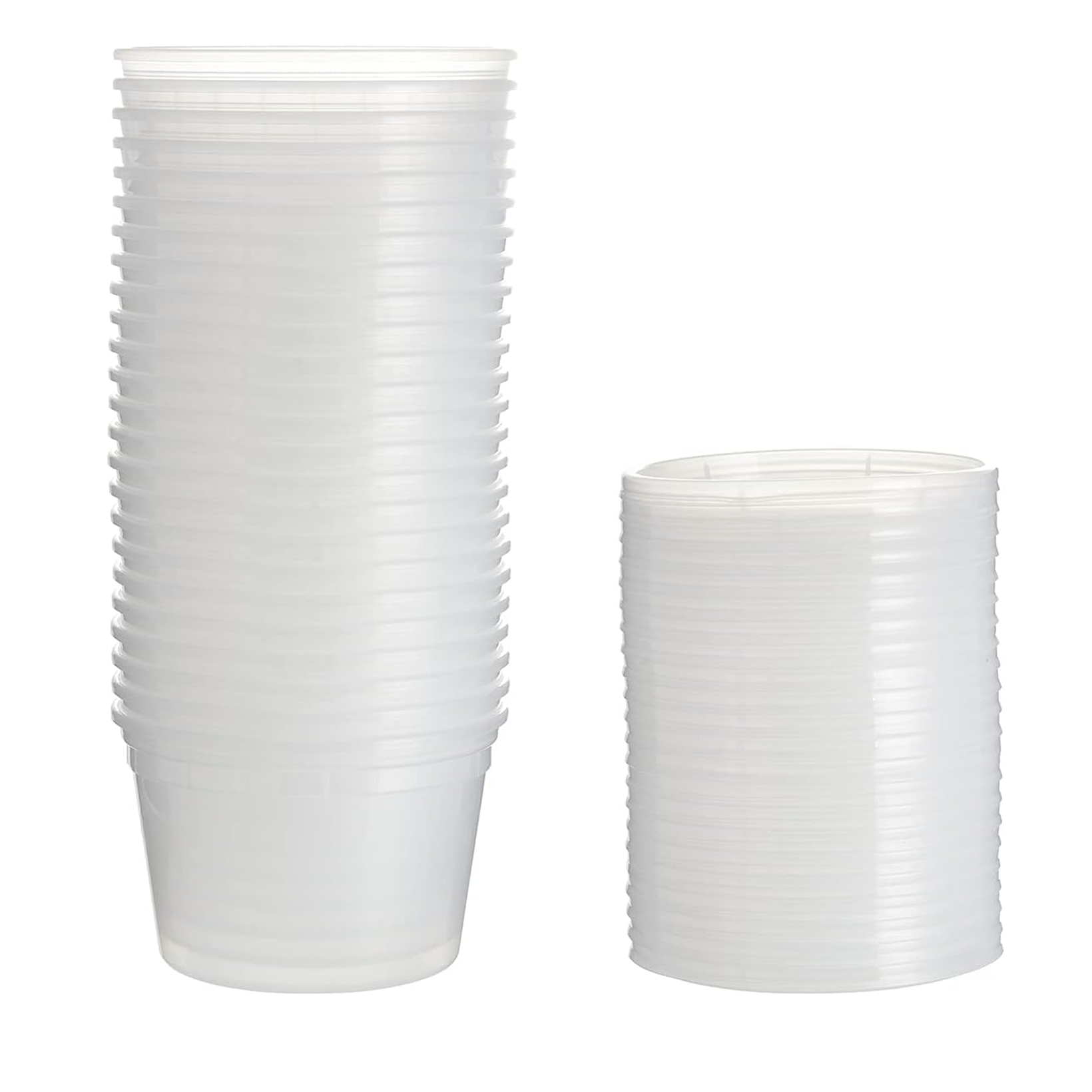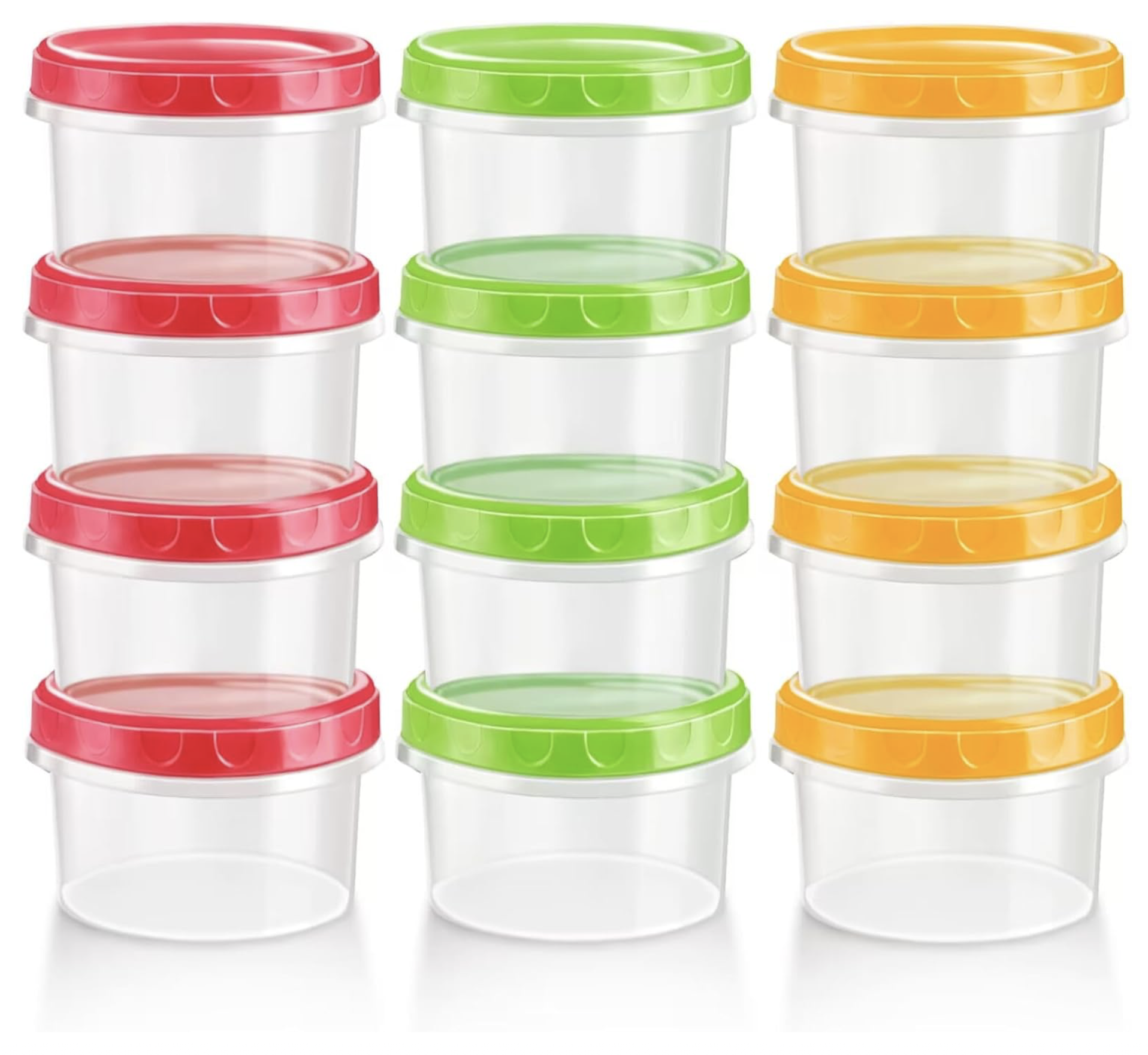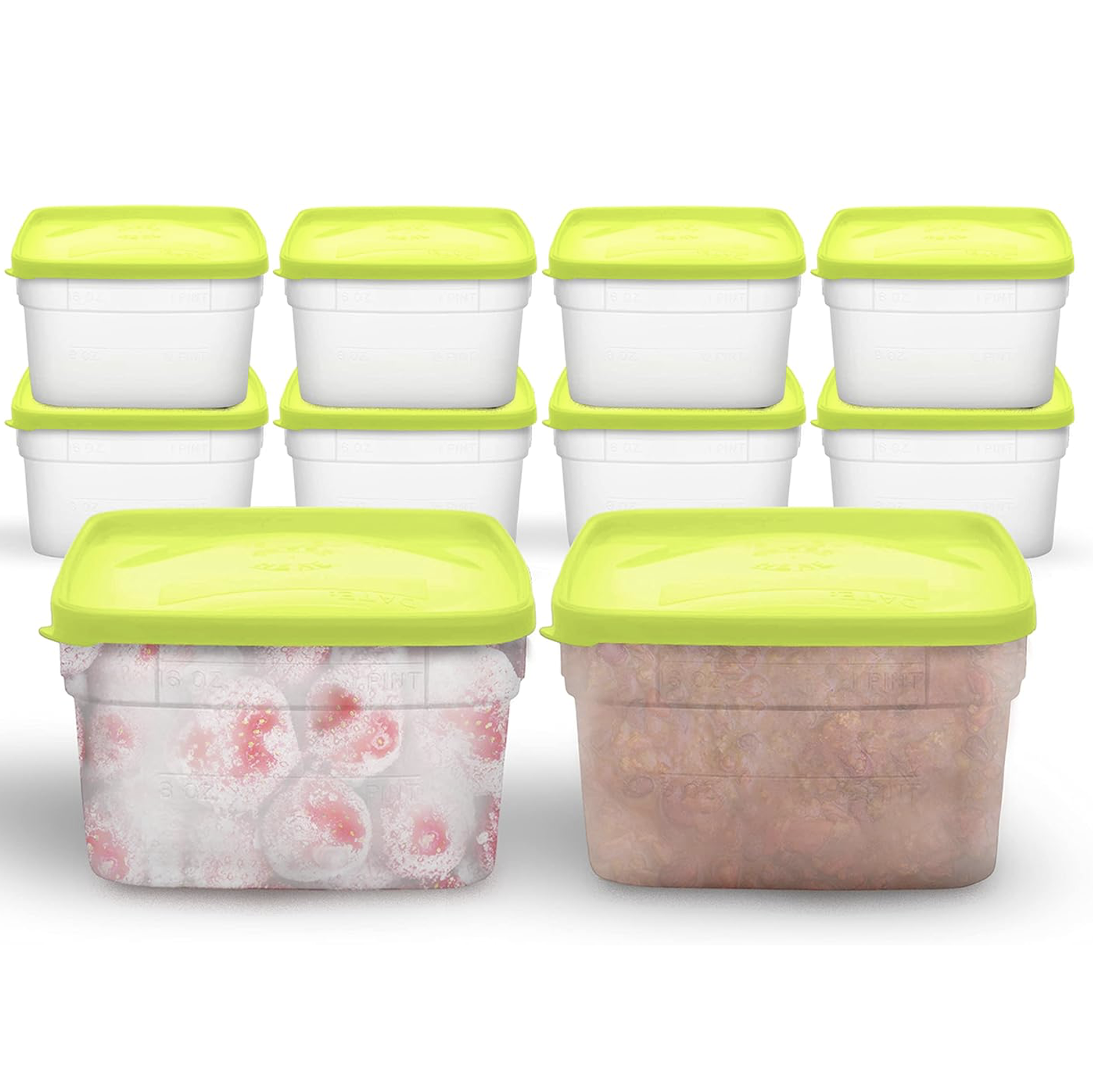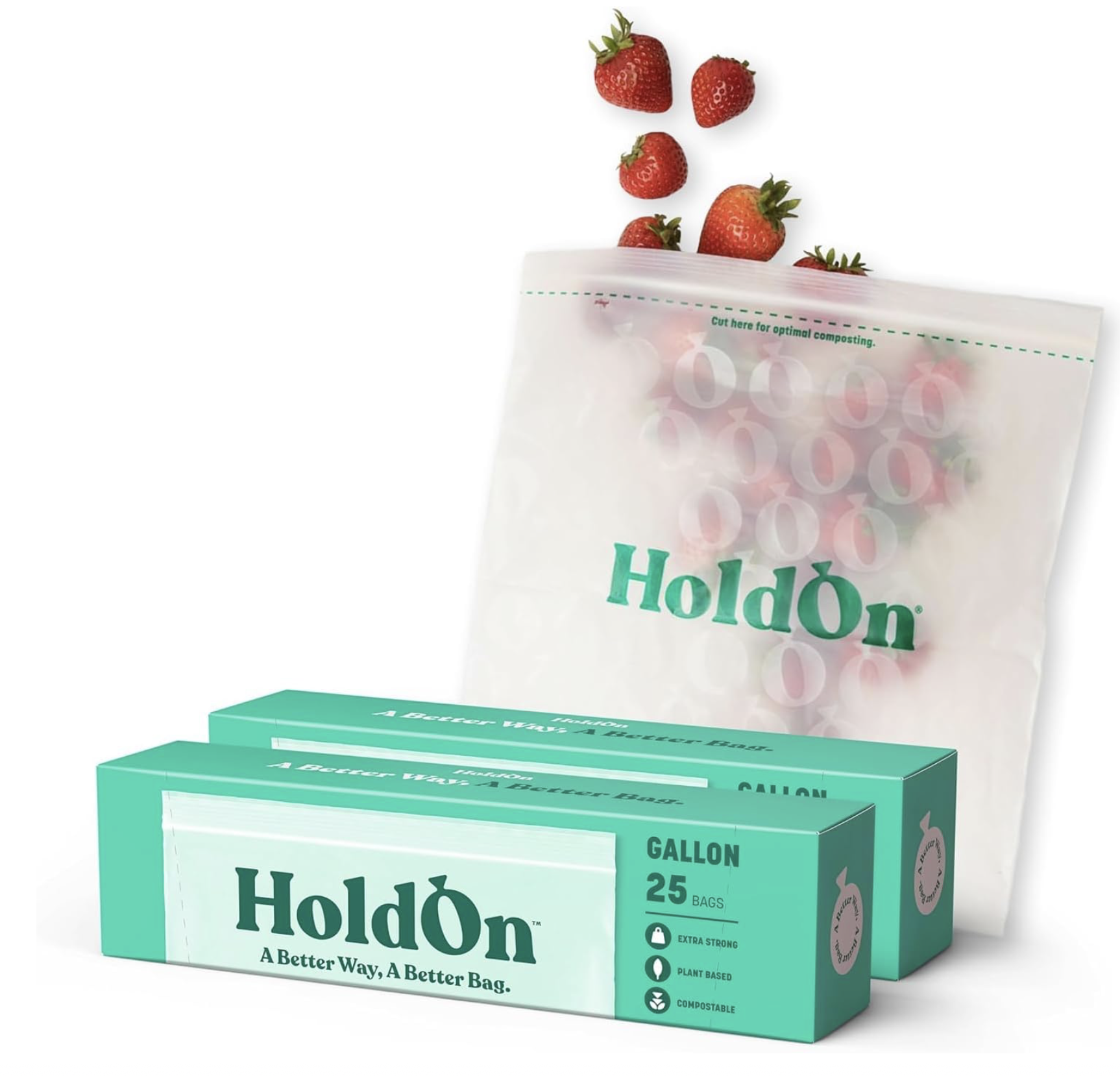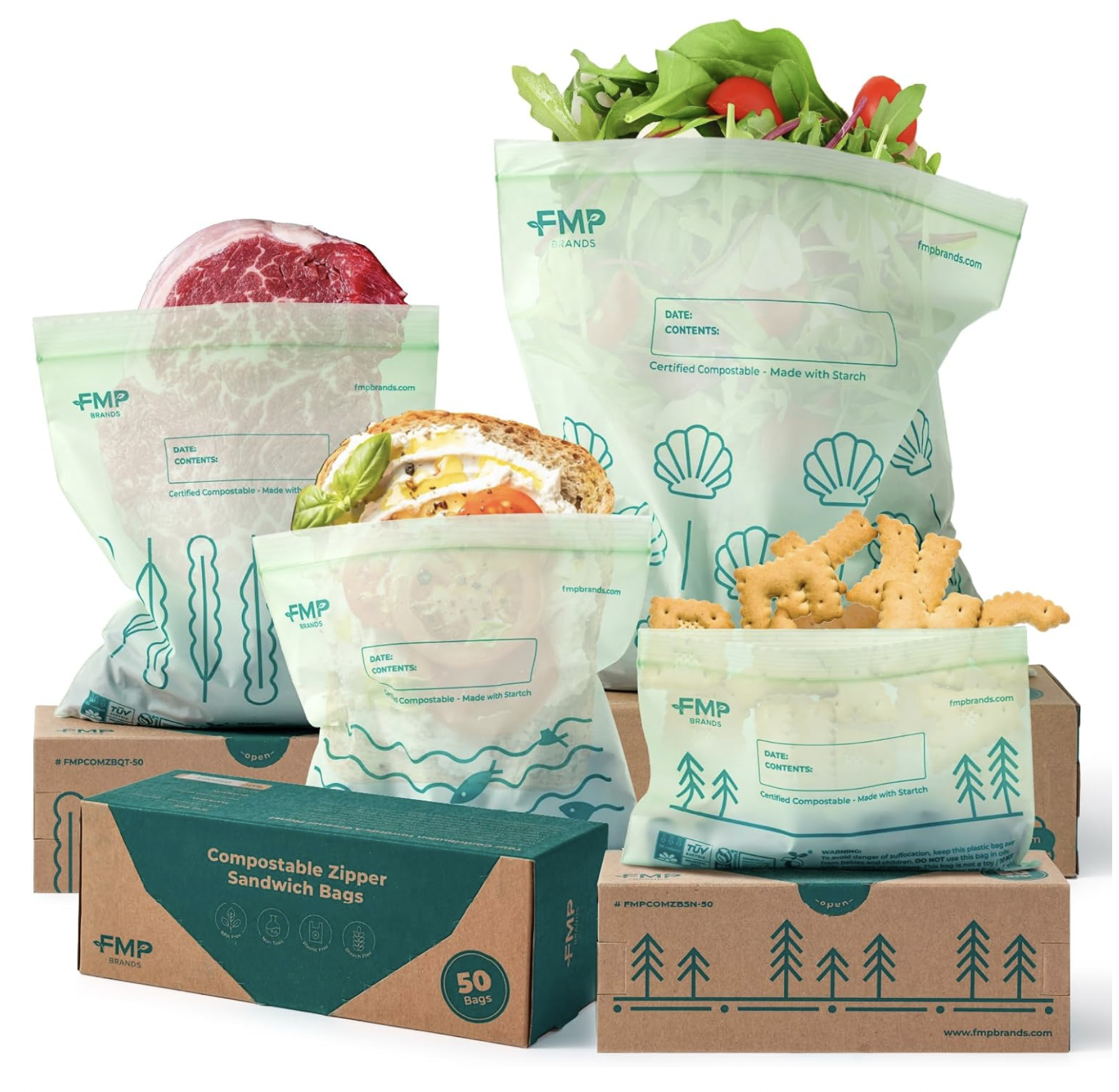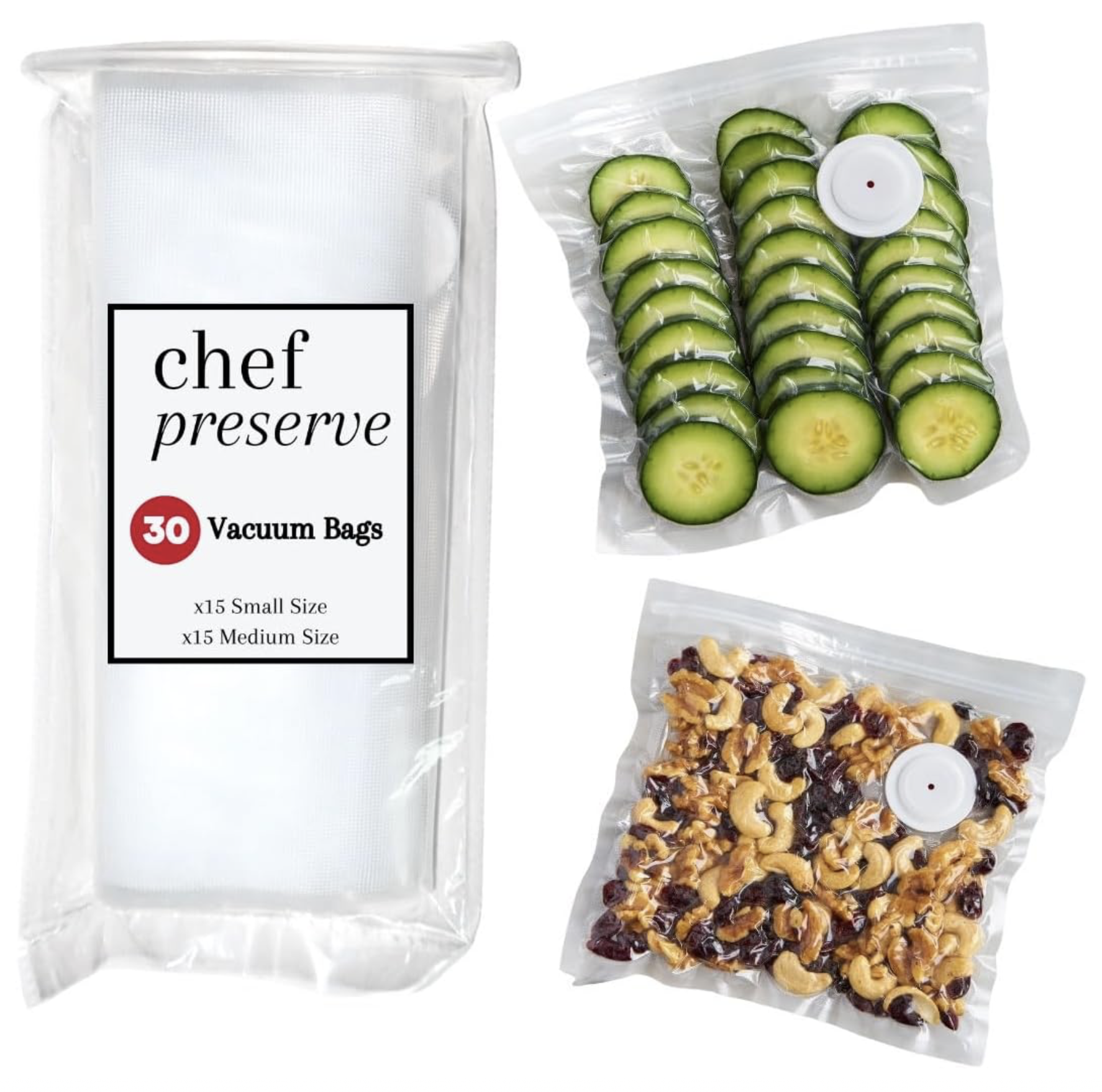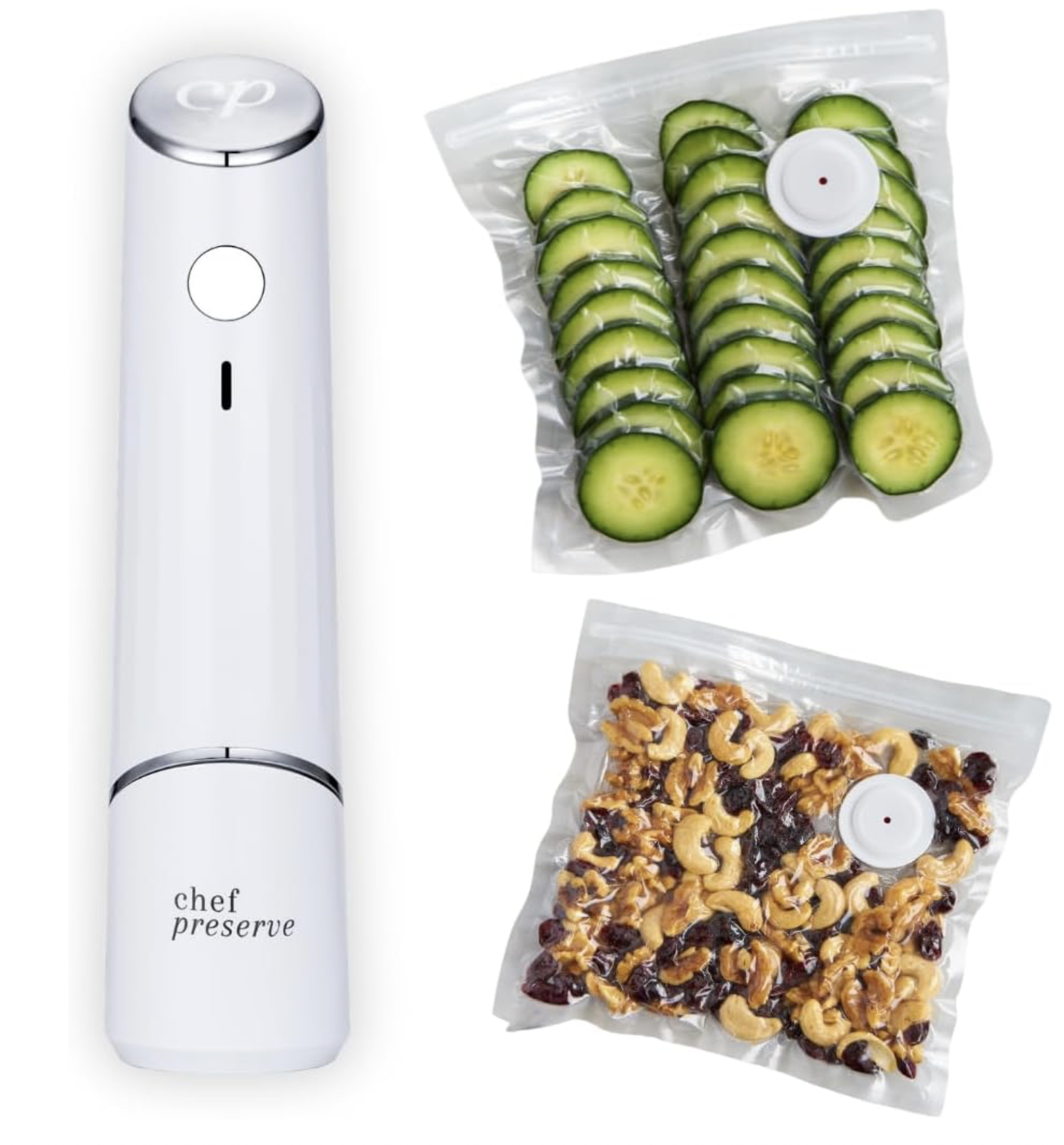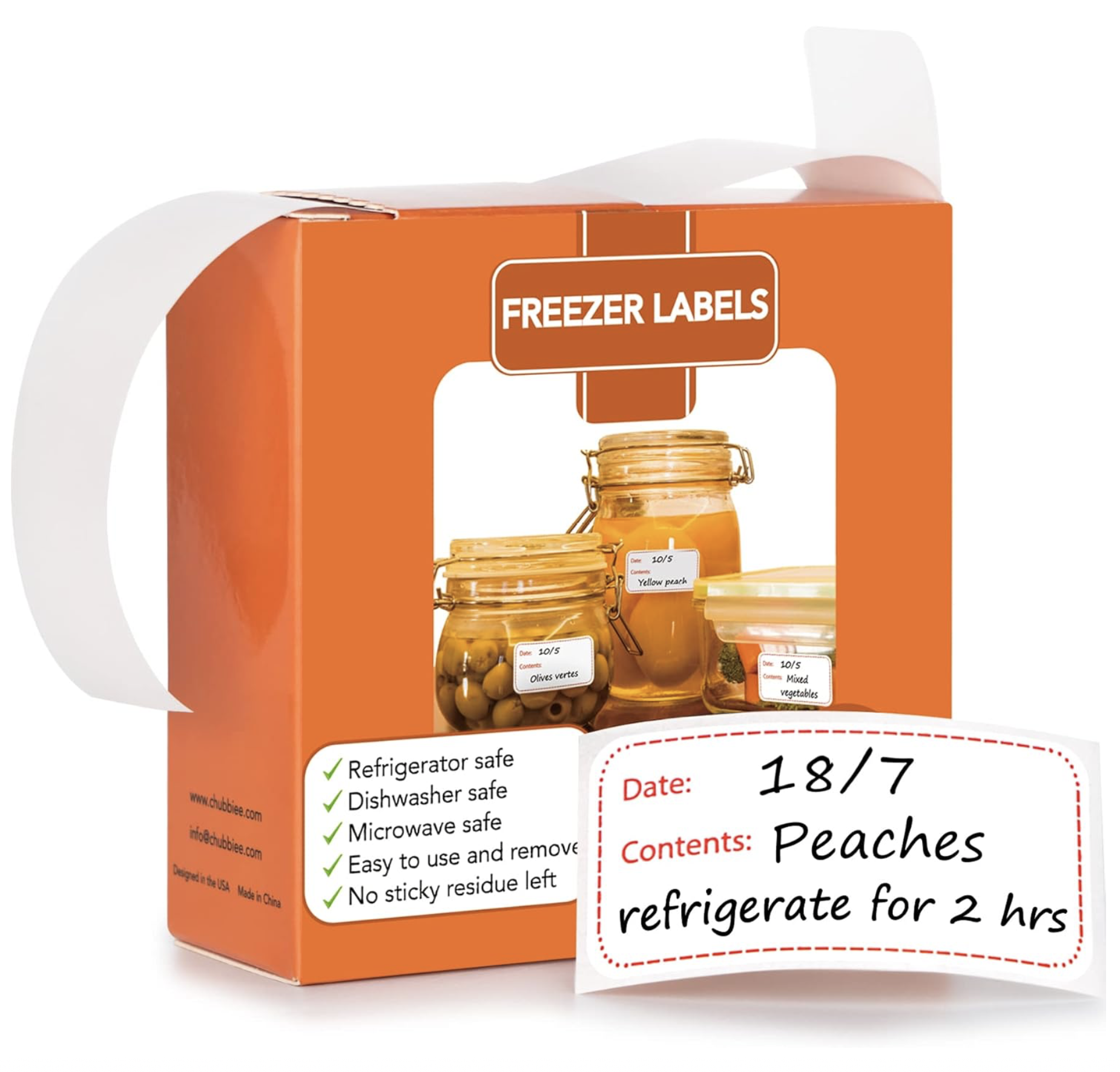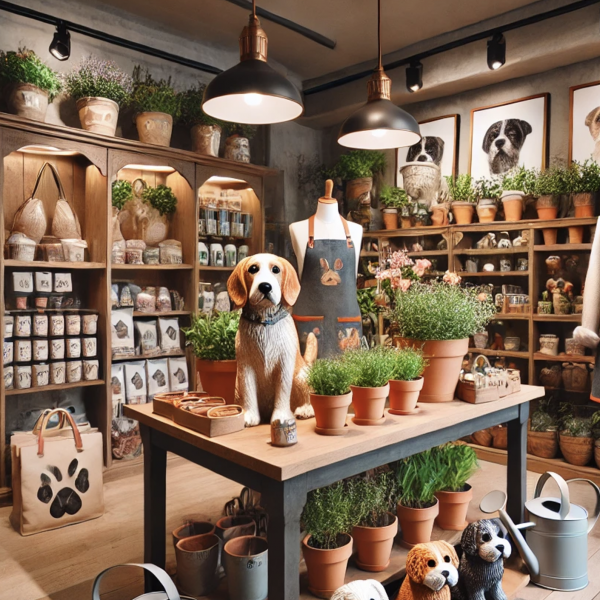Making Homemade Pet Food: Tips and Tricks
Making Homemade Pet Food: Tips and Tricks
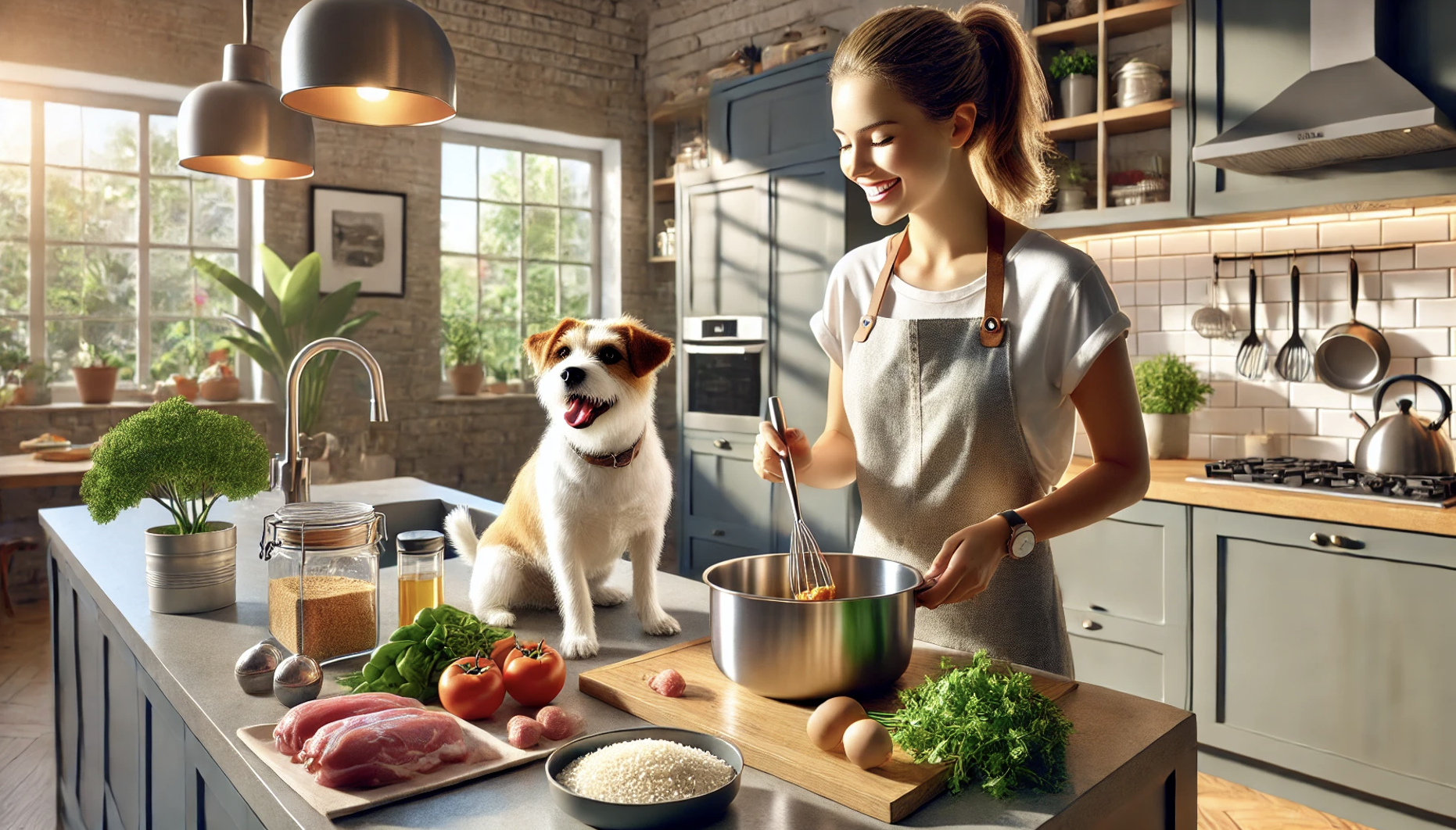
Here is what you need to know to feed pets a healthier diet made with love!
Written by: Juliette
When they asked me to write this article, I was thrilled—because let’s face it, I’m a little obsessed with where the pet food world is headed. Sure, I enjoy the occasional fast-food snack straight from the bag or a well-seasoned can of chow, but there’s something magical about home cooking that no factory can replicate. The aroma, the freshness, the love—it all comes together in a way that just can’t be beat.
In this article, I’ll share some of my top pet-cooking tips, ingredients to avoid, and tricks to make the process smooth and enjoyable. I’ll also highlight a few of my favorite healthy pre-made pet food options—perfect for those busy days when whipping up something from scratch isn’t possible.
No Judgment, Just Inspiration
Before we dive in, let’s clear the air: there’s no shame in feeding your pets pre-made food. There are plenty of high-quality options out there, and let’s be honest, we all appreciate the convenience sometimes. But for those with a passion for cooking—or maybe just some extra time and curiosity—homemade pet food offers an opportunity to take your pet’s nutrition to the next level.
Why Go Homemade?
The benefits of cooking for your pets are endless. You gain full control over what goes into their bowls, eliminating fillers, artificial preservatives, and mystery ingredients. It’s a chance to adjust their diet to their unique needs—whether that’s lean proteins, digestion-friendly vegetables, or recipes tailored for allergies and sensitivities. And for pets with strict dietary restrictions, homemade meals can often be more cost-effective than specialty commercial foods.
Of course, we pets are happy to taste-test your creations—and we’ll let you know immediately if something’s not up to snuff (you might find it sitting untouched in the bowl). But when you get it right? Oh, the tail wags and happy purrs are absolutely worth it.
Tips, Tricks, and Getting Started
Get Creative: Use fun tools like paw-print cookie cutters or whip up a batch of pup-cakes for a special treat.
Plan Ahead: Make small weekly batches for freshness or larger freezer-ready portions to save time.
Know Your Ingredients: Stick to high-quality proteins like chicken, turkey, or salmon. Pair these with pet-safe vegetables like carrots, peas, and sweet potatoes. Avoid harmful ingredients like garlic, onions, grapes, and chocolate.
Pet Meal Prep: Prep your ingredients, mix, cook in batches and portion your meals will make the process run smoothly. For more details check out our Pet Meal Prep Article.
From the Kitchen to the Pet Bowl
Homemade pet food has even inspired a growing cottage industry, with countless pet-friendly cookbooks, DIY kits, and handmade treats available from artisans on platforms like Etsy. It’s never been easier to find inspiration or jump into the world of pet cuisine yourself. Whether you’re making treats for your own pack or selling them to other pet lovers, the possibilities are endless.
Scroll for the details and be inspired to make your first homemade pet meals. While many of the details are beneficial for both cats and dogs, there are some differences to note. When making homemade food for other pets, it is important to do the research and understand their dietary needs.

Juliette is a passionate food writer with a taste for pet-friendly cuisine, specializing in gourmet pet treats, bakery goods, and DIY pet food stations. Her articles explore the latest trends in pet treats, uncovering unique pet food artisans and sharing delicious recipes that delight both pets and their owners.Pro Tips for Pet Food Preparation, Ingredients and what to avoid:
Pro Tips for Pet Food Preparation, Ingredients and what to avoid: Let’s Talk Healthy Homemade Pet Food Details
The possibilities are nearly endless when preparing food for most of us, we love meat, most vegetables and some pet-friendly spices are nice. Sometimes we can go for a simple meal like boiled chicken, brown rice, and steamed vegetables and you can finish it off with a nice peanut butter biscuit or pumpkin dog treat. Now we won’t complain if the steak comes out, but consider the fat content, we have to watch our waist you know. While we dogs can handle some fruits and vegetables, cat bellies are suited for a protein diet.
Ingredients to avoid when making pet food:
- Avoid: Foods like chocolate, garlic, onions, grapes, raisin, avocado, macadamia nuts, walnuts, chicken bones, meat fat, yeast dough, cherries, tomatoes, mushrooms, and artificial sweeteners into any pet recipes. Dairy is not great for dogs and should not be added to cat food or treats. These are not only not good for pets, they could be toxic.
- Proteins: Use lean proteins like chicken (easy to digest), turkey (low fat), beef (nutrient rich), lamb (essential fatty acids), pork (must be cooked thoroughly), venison (lean), and fish – salmon, sardines, and trout (omega-3 fatty acids) avoid all fish that is high in mercury. Meat should be the main ingredient in most pet food.
- Vegetables & Grains: Incorporate dog-safe vegetables such as carrots (high fiber), pumpkin (regulate digestion), peas (protein), spinach (iron and antioxidants), broccoli (vitamin C and K), zucchini (low calorie and vitamin A & C), and sweet potatoes (healthy carbohydrate) and healthy grains such as brown rice (healthy carbohydrate), quinoa (protein and amino acids), oats (fiber), barley (fiber and blood sugar), and millet (gluten free & protein). Peanut butter (no sugar added) is also a great option for dogs.
- Herbs & Spices: Add pet-safe herbs and spices including basil (antioxidants), parsley (breath), rosemary (antioxidants & circulation), thyme (digestion), turmeric (anti-inflammatory), cinnamon (antioxidants and blood sugar levels), ginger (stomachs), cilantro (digestion), oregano (antioxidants), dill (may help with gas) and mint (stomach and breath). Add them in moderation and verify with your veterinarian first. Not all herbs and spices are pet-safe – check before you add.
- A Little Salt: Add the recommended amount of salt to recipes to provide pets with what they need, but an excess amount is never a good idea.
- No Pepper: While not considered toxic, many pets have trouble digesting, there is really not a benefit, so don’t take the chance of upsetting to pet’s stomachs and digestive systems.
- Food Toppers and Broths: Try using pet food toppers to add more flavor and bone broth when moisture is needed.
- Supplements: Cats require taurine, an essential amino acid, for heart and eye health. raw meat, eggs or seafood are great sources, or added as a supplement.
Homemade Pet Food Tips:
- Cats require a meat based diet to care for their obligate carnivore selves, but in smaller portions to dogs they are smaller most of the time.
- Homemade cat food will allow you adjust the ingredients to enhance your cat’s coat, improve their nutrition intake, and help you find what your cat really enjoys eating.
- While dogs can enjoy some fruits and vegetables, cats require a higher protein, low-carbohydrate diet to thrive. Avoid uncooked pork and fish for both safety and dietary needs for both cats and dogs.
- For pets with allergies or digestive issues, making homemade food will allow you to adjust ingredients and be more cost effective than specialty pet foods.
- Follow the same guidelines for pet food amounts to ensure pets don’t get too much of a good thing.
- Homemade pet food does not mean people food, there are many foods that while not toxic are not healthy for pets or have too much fat, well they are not great for people either, but that is a topic for another blog.
- Don’t make meals too spicy or over flavor them, start with bland and you can adjust flavors based on your pet’s sensitivity and interest in food.
- Add items to your garden or buy bulk veggies to reduce costs.
- Keep a garbage bowl for the portions you cannot use in the food or save for later to help keep your prep area organized. Consider one bowl for the compost and one for trash to recycle as much as possible.
- Make a small batch to test your pet’s reaction and then portion the recipe for a larger batch to ensure pets are happy with their new food.
- Make it a family process with each member responsible for a portion of the meal prep.
General Food Prep Tips:
- Portion meals by weight to make it easy at meal time. Choose storage containers in a color that is recognized as the pet’s food so there is no confusion.
- Make a week’s worth of food to store fresh or plan to freeze, you may find that not all ingredients freeze well, but most should freeze and defrost without any issues.
- Make a grocery list to ensure that you have everything you need in stock before you begin.
- Chop, measure and prep all foods before you begin cooking and baking.
- Use clear containers so you can visually see what is inside.
- Mark every container with the date prepared and any instructions.
- Consider a food processor, Madeline, or pans that are dedicated to making pet food.
Here are a few shops to browse before you begin:
By turning mealtime into a creative and conscious endeavor, we can elevate the health and happiness of all pets while enjoying the process of giving them something special. If homemade pet food is not an option daily, blending it into your pets diet is a win.
When it comes to treats, most on the market are not regulated well and may or may not be as healthy as they advertise. When purchasing ready-made, choose all natural, small batch, or lower ingredient treats to ensure they are the healthiest possible. When making them for dogs, use the same basic guidelines peanut butter is a great protein for dog treats, along with pumpkin and sweet potatoes. Cats on the other hand prefer a meat based treat such as dried meat in a jerky format, tuna or a pinch of catnip. Keeping both dog and cat treats in smaller sizes when you make them ensures that pets who love their treats don’t have too many extra calories.
CHOOSE WHERE YOU WANT TO GO NEXT!
OR GET TO KNOW US BETTER











